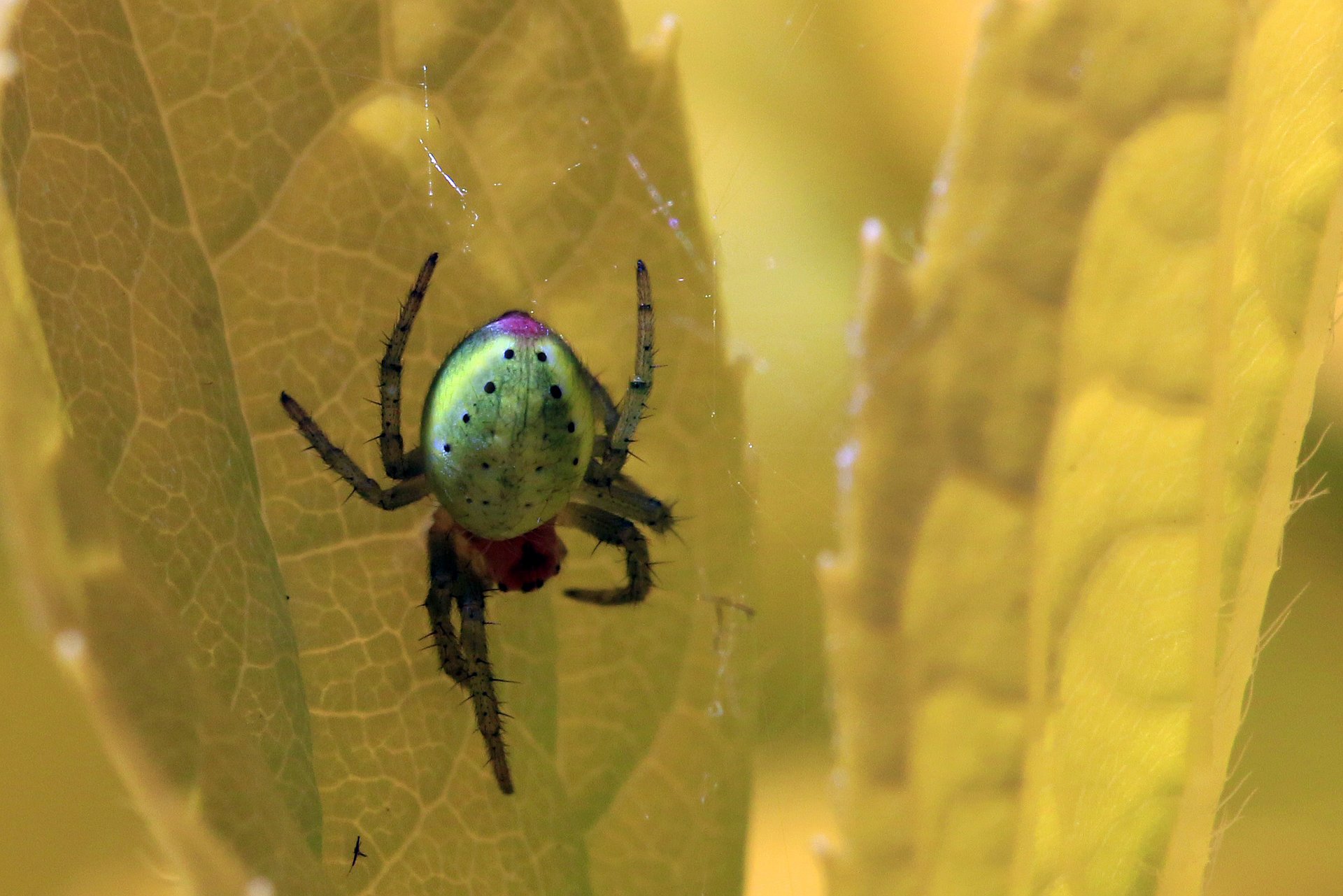Conflict between yield maximization and species conservation in agriculture appears reconcilable
How grassland management without the loss of species works

For this study, data for more than a thousand species of arthropods were evaluated. This data was collected from over a hundred grassland sites (meadows and pastures). The dataset comes from the years 2008 to 2012 and were sampled in the study regions of the Biodiversity Exploratories: Swabian Jura, Hainich-Dün, and Schorfheide-Chorin. Along gradients typical for grassland management in the region — from intensive agriculture to medium-level and extensive management — it was observed how the populations of frequently encountered insects and spiders change.
"In the case of intensive management of grasslands, for example, mowing is carried out three times a year and the grassland is fertilized", explains Dr. Nadja Simons, lead author of the study – "while another grassland is, for example, only used for grazing sheep once a year and is not fertilized. This is the minimal form, so-called extensive management." In Central Europe, grassland that is protected by nature conservation laws is also subjected to management, as they would otherwise gradually turn into forests. Simultaneously, the management of unprotected areas is taking place with increasing intensity. This is fatal for species which can only cope with extensive or medium-level use. Frequently discussed approaches include the maximization of use on a percentage of the areas in order to be able to place additional areas under protection, or alternatively to manage all areas with medium intensity.
Conflict between production increase and species conservation is reconcilable
In contrast to these extremes, the theoretical scenarios of the study which were published in the nature journal "Ecology & Evolution" demonstrated that the conflict between high yields and species conservation could be better resolved by managing the grassland areas of a region with varying levels of intensity. The recommendation by Dr. Nadja Simons and Professor Wolfgang Weisser for farmers is to exhaust every variant of the wide range of possibilities — and to do this across a wide overall area.
"It is only by doing so that both insect species which require more extreme habitats as well as less demanding all-rounders can find their own special habitat. This is because species could then ideally simply migrate to where they can find the right habitat", says Simons. "If the intensity of use in a region is distributed optimally, the number of species which would benefit is even higher than in the current situation. Theoretically, yields — viewed across an entire region — could then be increased without the population of insects shrinking."
Real-word application possible via collaboration with farmers
But how can the findings of the study be implemented? "This can work in the real world if farmers in a region work together much like in an orchestra, instead of acting on their own like soloists", explains Simons. "On the other hand, if state policies were to consider the management of an entire region instead of only promoting measures on individual areas, this could also lead to the preservation of more species." To date, subsidy measures have only considered individual agricultural operations. However, it would be better if goals were to be set at the landscape level.
For the scientist Dr. Simons, it would be conceivable that the existing computer script which was used to create the model scenarios for her study be further refined. It could then be used to plan the management of grasslands at the landscape level, with the goal of securing habitats for as many groups of species as possible.
But before master plans for the three regions investigated in the Swabian Jura, Hainich-Dün, and Schorfheide-Chorin can be created, the models must first become more complex. There are other limiting factors which need to be taken into account, which will subsequently be discussed with the farmers of the regions investigated.
Publication:
Nadja K. Simons und Wolfgang W. Weisser: Agricultural intensification without biodiversity loss is possible in grassland landscapes, Nature Ecology and Evolution 6/2017, DOI: 10.1038/s41559-017-0227-2.
Contact:
Dr. Nadja Simons
Technical University of Munich
Terrestrial Ecology Research Group
Phone: +49.8161.71.3713
Mail: nadja.simons@tum.de
Prof. Dr. Wolfgang W. Weisser
Technical University of Munich
Terrestrial Ecology Research Group
Department of Ecology and Ecosystemmanagement
Phone: +49/8161-71-3496/ -3495
Mail: wolfgang.weisser@tum.de